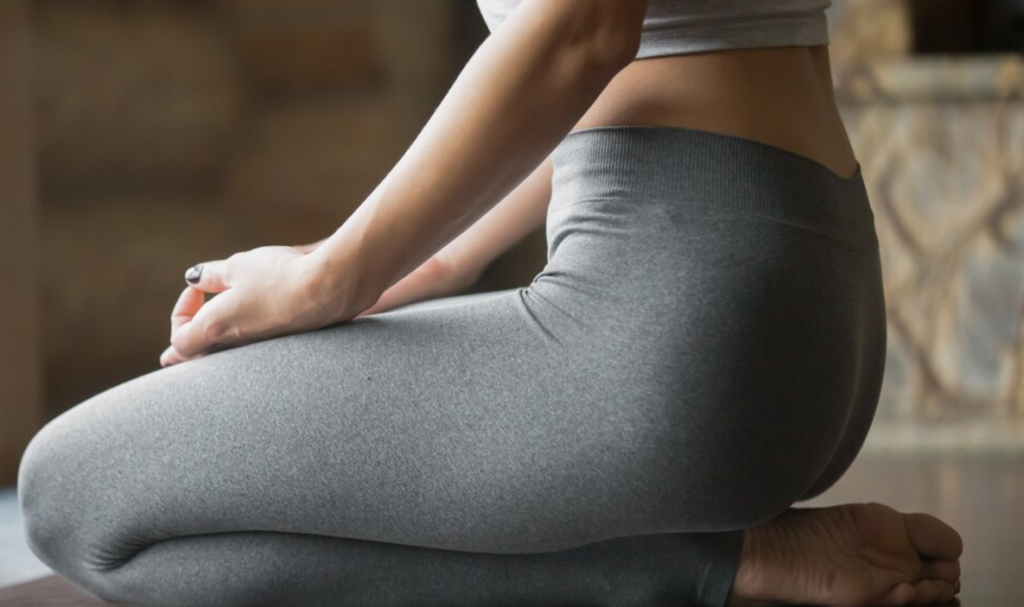Yoga is more than just physical exercise; it is a practice that fosters a deep connection with the self. Through mindful movement, breath control, and meditation, yoga cultivates self-awareness—an understanding of your thoughts, emotions, and physical sensations. This self-awareness can lead to personal growth, emotional resilience, and a greater sense of purpose.

What is Self-Awareness in Yoga?
Self-awareness is the ability to recognize and understand your own thoughts, emotions, and behaviors. Yoga encourages this by slowing you down and creating space to observe your inner world without judgment.
- Body Awareness: Understanding your physical sensations, posture, and movement patterns.
- Emotional Awareness: Recognizing emotions as they arise without being overwhelmed by them.
- Mental Awareness: Observing thoughts and identifying patterns, such as self-criticism or anxiety.
How Yoga Enhances Self-Awareness
1. Mindful Movement
Yoga connects movement with breath, encouraging you to focus on the present moment.
- By paying attention to how your body feels in each pose, you become more attuned to areas of tension or imbalance.
- Practicing poses with mindfulness helps you notice physical habits, such as slouching or overcompensating with one side of your body.
Example: Balancing poses like Tree Pose (Vrksasana) require focused attention, helping you identify your tendencies when faced with challenges (e.g., frustration or self-doubt).
2. Breath Awareness (Pranayama)
Breathwork bridges the gap between the body and mind, grounding you in the present.
- Observing your breath can reveal your emotional state; shallow, rapid breathing might indicate stress, while deep breaths promote calmness.
- Intentional breathing exercises help regulate emotions and improve clarity.
Example: Practicing Ujjayi Breath (“victorious breath”) during yoga calms the mind and enhances focus, deepening self-awareness.
3. Observing Thoughts
Yoga creates a space to notice your mental patterns without attaching to them.
- During meditation or stillness in poses, thoughts may surface. Instead of suppressing them, yoga encourages gentle observation.
- Over time, you may recognize recurring thought patterns, such as self-doubt or overthinking, and begin to address them.
Example: Sitting in Lotus Pose (Padmasana) and focusing on your breath allows you to become aware of your thought flow and detach from negative narratives.
4. Emotional Reflection
Certain poses or practices may evoke emotional responses, giving insight into unresolved feelings or triggers.
- Yoga teaches non-judgmental acceptance of emotions, helping you process them in a healthy way.
- Releasing physical tension often leads to emotional breakthroughs, fostering a deeper understanding of your inner world.
Example: Heart-opening poses like Camel Pose (Ustrasana) can evoke feelings of vulnerability, helping you explore buried emotions.
5. Developing Intuition
With consistent practice, yoga sharpens your intuition, allowing you to trust your instincts and make decisions aligned with your values.
- Yoga teaches you to listen to your body and mind, recognizing what feels right for you in the moment.
Example: Choosing to modify or skip a pose based on how your body feels strengthens your ability to honor your needs.
Yoga Poses for Self-Awareness
- Mountain Pose (Tadasana)
- Encourages grounding and alignment, helping you tune into your body and posture.
- Child’s Pose (Balasana)
- Creates a safe space for introspection and emotional awareness.
- Warrior II (Virabhadrasana II)
- Builds focus and helps you observe how you respond to challenges.
- Corpse Pose (Savasana)
- Facilitates stillness, allowing thoughts and emotions to surface without judgment.
- Seated Forward Bend (Paschimottanasana)
- Promotes inward focus and reflection.
Breathwork for Self-Awareness
- Box Breathing: Inhale for 4 counts, hold for 4, exhale for 4, and hold for 4. This rhythmic breathing increases focus and emotional balance.
- Alternate Nostril Breathing (Nadi Shodhana): Balances the brain’s hemispheres, promoting clarity and calm.
Tips to Cultivate Self-Awareness Through Yoga
- Set an Intention
- Begin each practice with an intention, such as “I want to understand my emotions better” or “I will listen to my body today.”
- Practice Mindfulness
- Stay present in each pose, focusing on how your body feels, how your breath flows, and where your mind wanders.
- Journal After Practice
- Reflect on insights gained during your session. What did you notice about your thoughts, emotions, or body?
- Be Patient
- Self-awareness is a journey. Allow yourself to grow and evolve over time.




